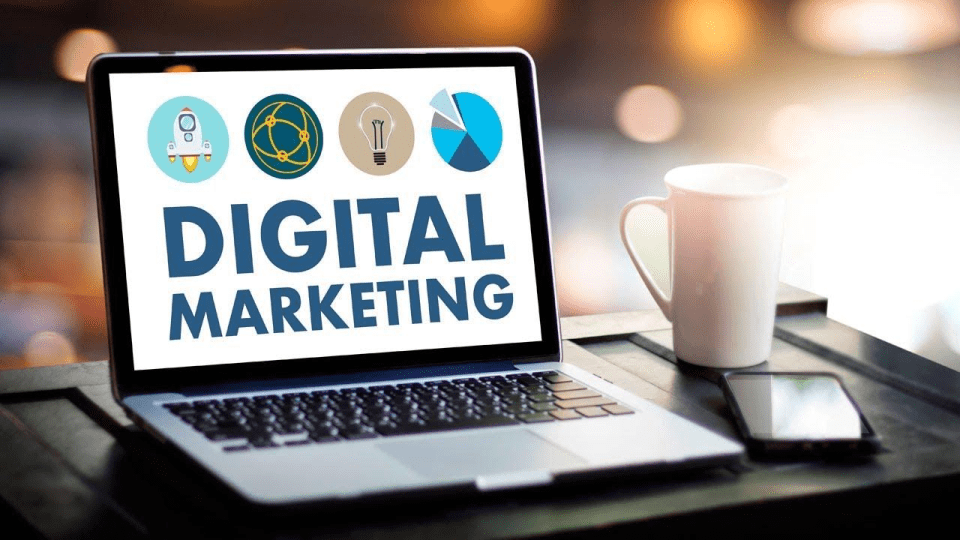Effective Tactics to Convert B2B Website Visitors into Leads

Source: Unsplash
If you have any online element to your business, then you understand the importance of utilizing your online presence to attract traffic and turn those casual visitors into repeat customers.
Retention is the key here. People may stumble over your website in any number of ways, but once they’re there, you have to capitalize on the opportunity. You do this by capturing their interest, building trust, and giving them a positive experience.
7 Methods for Converting Visitors into Customers
Even if you have a good product, you’re unlikely to keep the visitor engaged long enough to become a customer if you fail at any of those online steps. You need to deliver not just the product and a good value for their money, but a customer journey that makes them want to return. Here are seven ways to make sure you’re doing that.
1. Optimize Your Website for Speed and Usability
First impressions matter. When considering an online experience, that first impression usually begins with speed and usability. Having a delay, even just a few seconds long, can be a turn-off to potential customers and cause them to leave. To avoid that situation from becoming a reality, your website should load quickly and easily on every device, including mobile optimization.
You can help mitigate speed and usability issues by running regular site audits and streamlining your design. Because technology is a constantly evolving factor, you may be able to eliminate unnecessary plugins or implement new, even easier navigation options as time goes on.
2. Build Trust with Social Proof
You’re more likely to have a high visitor conversion rate if visitors can see that your current customers have had a good conversion experience. We are social creatures, and we rely on the information gleaned from other people to guide us.
Social proof can provide this, especially if you make sure it’s easily visible on the main page at a glance. Customer review management tool makes it simple to collect and display customer reviews across not just your website but other platforms, enhancing both your reputation and your visibility simultaneously.
3. Offer Personalized Experiences
Personalization is vital to the modern customer experience. The internet thrives on an algorithm, so customers expect to get product recommendations tailored to them. You can do this by utilizing data insights to segment your audience.
This allows you to factor in browsing behavior to not just what your customers see, but also their experience once they’ve left your site. You can have tailored follow-up emails and even offer targeted discounts based on what they’ve been looking at.
4. Streamline the Checkout Process
Once you’ve done the work of getting a visitor from landing on your website to the actual checkout page, you don’t want to fumble the ball there. Having a checkout process that’s too complicated or takes too long is one of the main causes of cart abandonment.
You should also make sure you have multiple payment options, and that they can check out on a phone or other mobile device. The easier it is for someone to complete the purchase, the more likely they are to do it and return again in the future.
5. Communicate Clearly and Consistently
Customers expect communication to be clear and consistent. It’s the kind of customer management that stands out most when it’s done poorly, so you can keep the satisfaction level high by making sure you provide real-time chat support, follow up on emails promptly, and offer text message updates.
Customer review management tool also shines here by managing your customer text messages, chat support, Google reviews, and even video calls. With this, your communication stays centralized and your customers feel heard and valued.
6. Create Valuable Content
It doesn’t matter how good your website's user experience is; you still have to deliver content that offers some value for the visitor. You can utilize online features like a blog, social media, and newsletters to help get this content to users that you want to convert.
In addition to keeping your audience engaged, you can establish yourself as a professional and knowledgeable resource. Write and post tools like tutorials, FAQs, product guides, and share behind-the-scenes videos or recaps of industry news.
7. Implement a Loyalty or Referral Program
People like to feel like they’re getting something for nothing. You can incentivize customers to return by offering them a reward in return for their loyalty. Points systems, discount programs, and exclusive product access to help to garner repeat business.
In addition to having these programs, you need to make it easy for people to sign up for them. A simplified login process lets them track their rewards and redeem them without any confusion. A well-structured loyalty program increases customer lifetime value and reinforces positive experiences.
Final Thoughts
Converting website visitors into loyal customers isn’t about novelty or gimmick tactics. Focus on usability, personalization, consistent communication, and thoughtful follow-up. This will set your business apart from the competition.
Customer review management tool helps you contribute to long-term loyalty by giving you a stable, easy customer service platform through which to keep track of customer experience.








